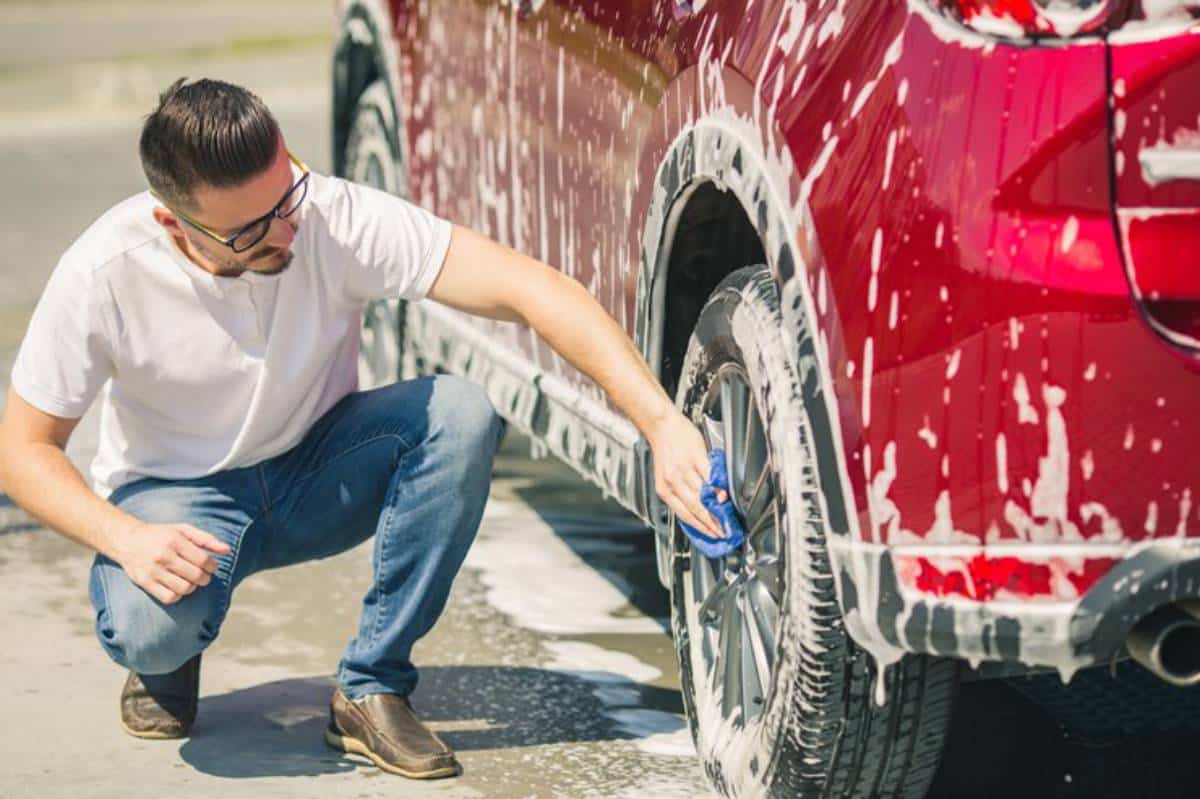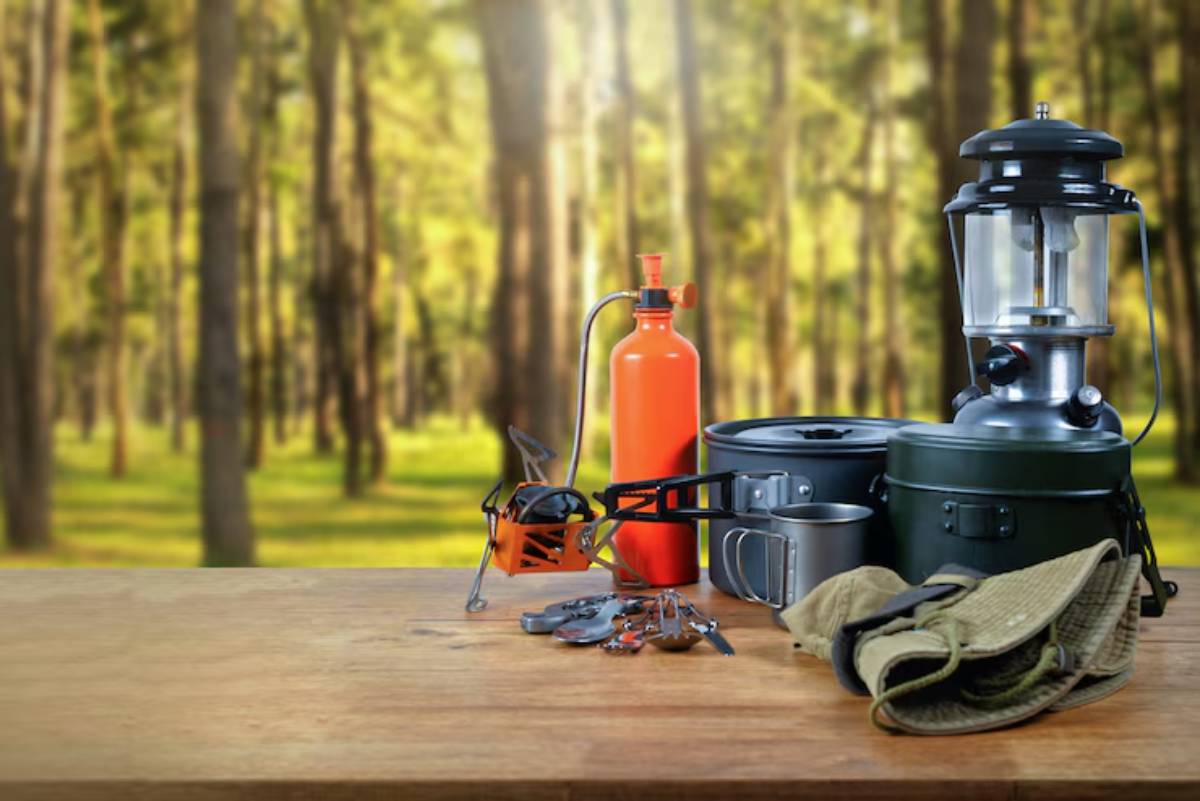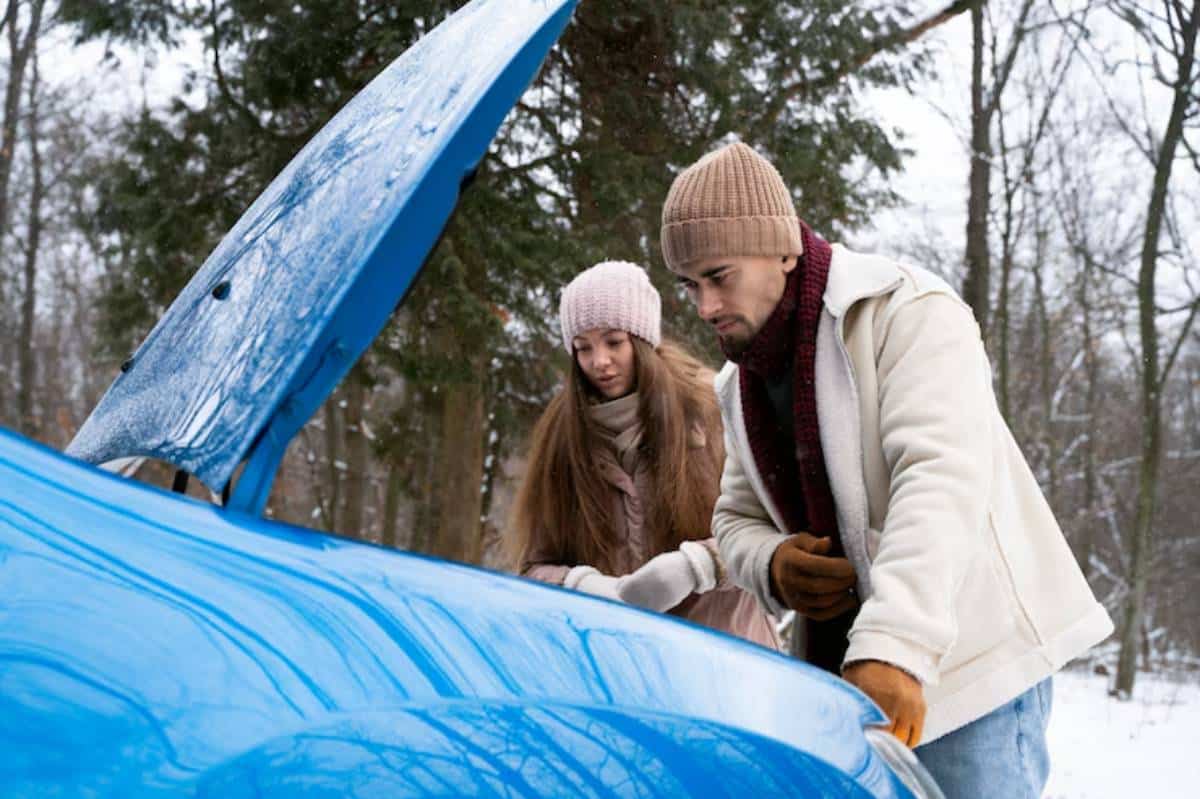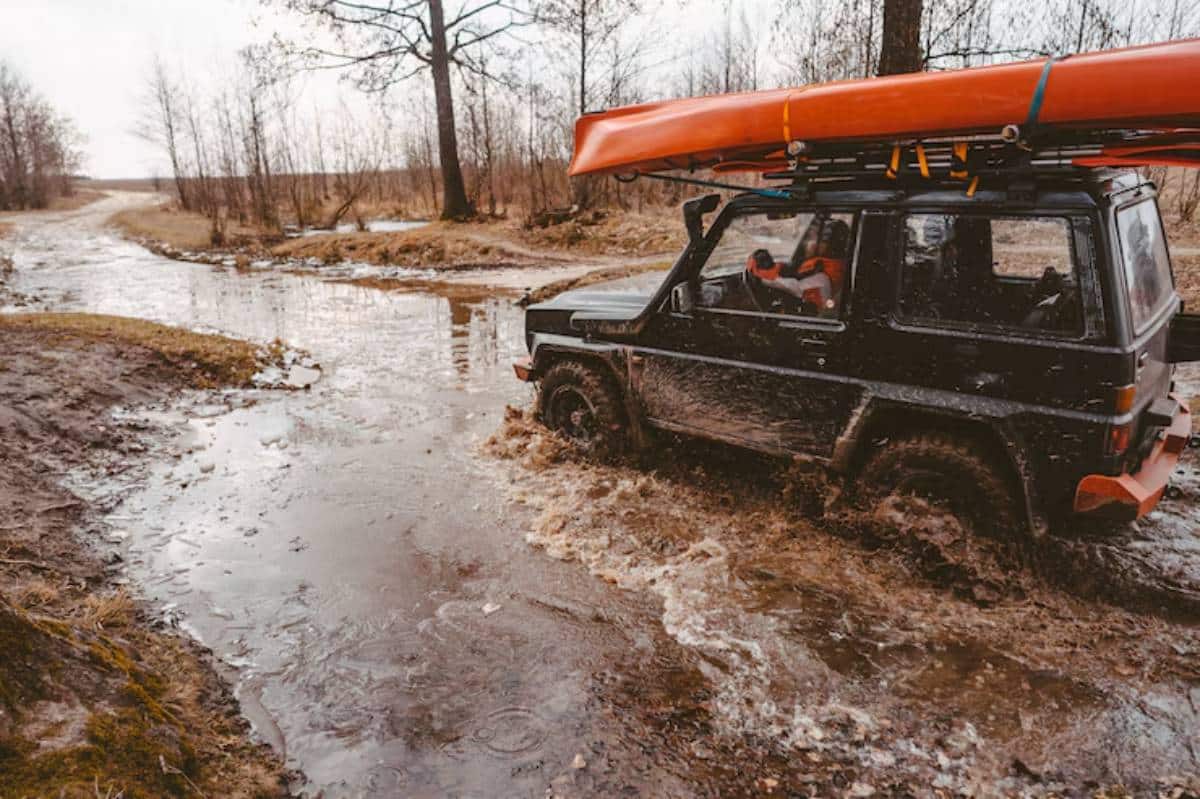
How to Safely Cross Rivers and Deep Water Trails
The trail winds down to a creek bed. Water gurgles over slippery stones. There’s no bridge, no detour—just you, your rig, and a decision. Cross or backtrack?
River crossings can be the most exhilarating and nerve-wracking part of any off-road adventure. They also pose the highest mechanical and safety risks. One wrong move, and you’re dealing with hydrolocked engines, waterlogged electronics, or worse.
This guide is for those serious about mastering safe water fording, equipping their vehicle with proper waterproofing, and developing judgment before they enter the stream. If you want to make your river crossing 4×4 experience reliable, here’s where to start.
Understanding the Core: The Science of Water Fording
Off-road water crossings aren’t about brute force. They require technical preparation and situational awareness.
Key Risks Include:
- Hydrolock (when water enters the air intake and damages the engine)
- Electrical failure due to submerged components
- Undercarriage damage from rocks or logs
- Loss of traction from fast-flowing water
Before you dive in, understand that water 30 cm deep may seem trivial but can move 4x4s with surprising force.
Quick Guide: Safe River Crossing Checklist
- Walk the crossing first to assess depth and current
- Check for underwater hazards like logs or drop-offs
- Engage low-range 4WD and lock diffs if available
- Drive at a slow, steady pace (bow wave technique)
- Waterproof your vehicle beforehand (snorkel, breathers)
- Use a buddy or spotter when possible
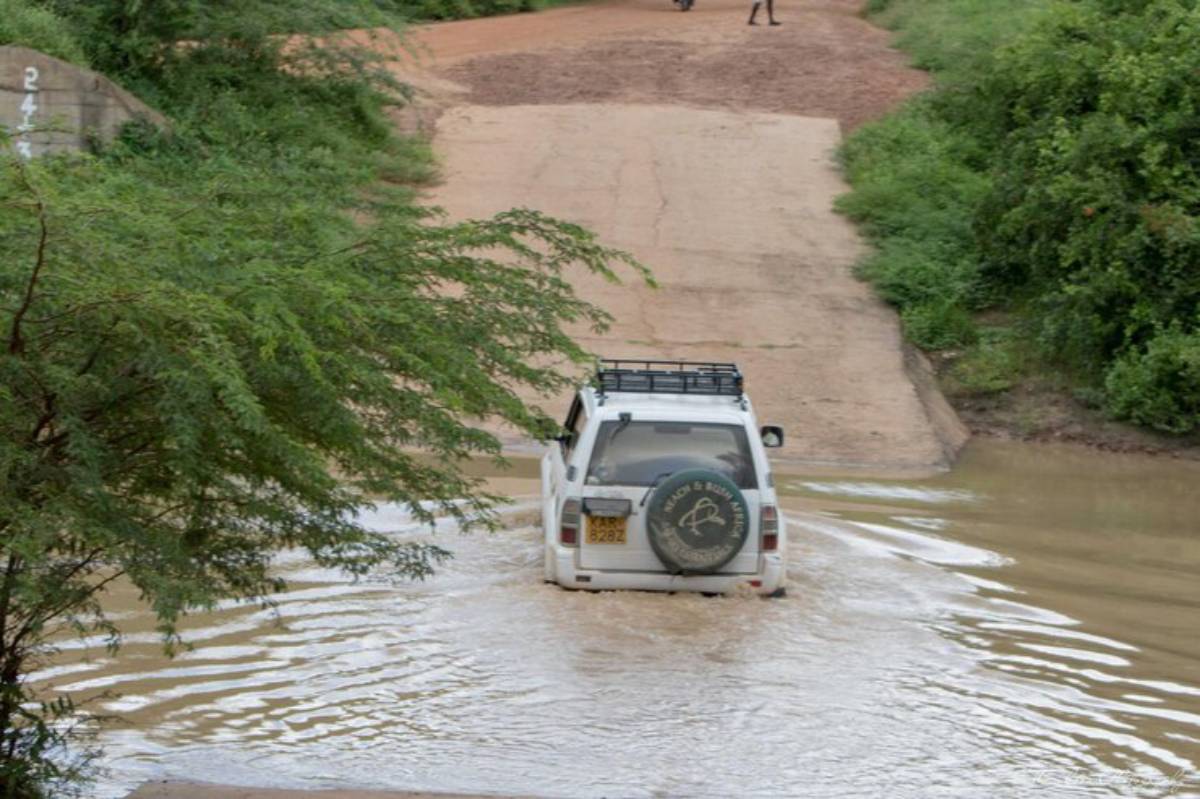
Step-by-Step Guide: Executing a Safe Water Crossing
1. Assess First, Drive Later
Park. Walk the crossing. Use a stick to probe the base.
- Depth over 70 cm? Reconsider.
- Flow too fast to stand in? Wait.
If you can’t walk it, don’t drive it.
2. Check Your Entry and Exit Points
Ensure the approach and departure angles won’t cause your bumpers or undercarriage to hit. Muddy banks may need traction aids.
Pro Tip: Mark the intended driving line with sticks.
3. Prep Your Vehicle for Water
Waterproofing a vehicle for fording includes:
- Snorkel: Raises air intake above bonnet height
- Diff breathers: Extends differential venting above the waterline
- Silicone sealant: Protects key connectors
For a complete upgrade path, our waterproofing guide covers everything you need.
4. Engage Low-Range and Maintain Momentum
- Use 1st or 2nd gear in low range
- Create a bow wave in front of the vehicle
- Do NOT stop in the water
Warning: Never attempt to reverse mid-stream.
5. Post-Crossing Checks
Once through:
- Tap brakes lightly to dry pads
- Check for warning lights
- Look under the bonnet for water intrusion
- Inspect diffs and transfer case later for emulsified oil
Pro Tips, Important Notes & Warnings
Pro Tip: Let the vehicle cool before entering water. Hot parts contract rapidly and may draw water in.
Important: Disconnect the radiator fan if it is mechanical—it can shatter on water contact.
Warning: Never cross rivers during rainstorms or if flood risk is active.
Secret Tip: Fit a tarp or water bra across your grill to help maintain a bow wave.
Important: Always travel in pairs if water crossings are planned.
Best Practices & Additional Insights
Use Recovery Gear Before You Need It
Attach a winch rope or recovery strap before entering the water. If you get stuck, your mates won’t need to swim to hook you up.
- Use rated shackles and recovery points
- Keep gloves and boards dry and accessible
Monitor Water Entry Points
Pay special attention to:
- Door seals (silicone and rubber care help)
- Fuel tank breather
- Cabin air vents
If you suspect a water breach, check carpets and floorpan post-trip.
Rinse Everything Post-Fording
Water—especially muddy or brackish water—is harsh on mechanicals.
- Spray underbody and brakes
- Check the airbox for water
- Change the diff oil if you suspect contamination
This step is crucial. Our post-trip maintenance guide breaks this down further.

FAQs
What depth is safe for a 4×4 river crossing?
Generally, no deeper than your wheel hub unless your snorkel and breathers are properly fitted.
Can I cross rivers without a snorkel?
Yes, but only shallow ones. Avoid anything approaching the bonnet height.
How do I know if my diffs got water inside?
Check for milky or frothy oil when draining the diff post-trip. That’s emulsified fluid.
Is automatic or manual better for water crossings?
Both work well, but autos can provide smoother throttle. Manuals allow more control but need better clutch handling.
What gear should I carry for river crossings?
Snatch strap, traction boards, winch, shackles, snorkel, diff breathers, tarp or water bra.
Master River Crossings With Confidence
With the right mix of preparation, judgment, and gear, safe water fording becomes another thrilling—but manageable—part of your adventure.
Smart waterproofing vehicle strategies and proven river crossing 4×4 techniques will keep you from costly errors and ensure you enjoy the journey, not just survive it.
So next time the trail leads to a river, don’t hesitate. Evaluate. Equip. Execute. Then carry on to where the real views begin.
